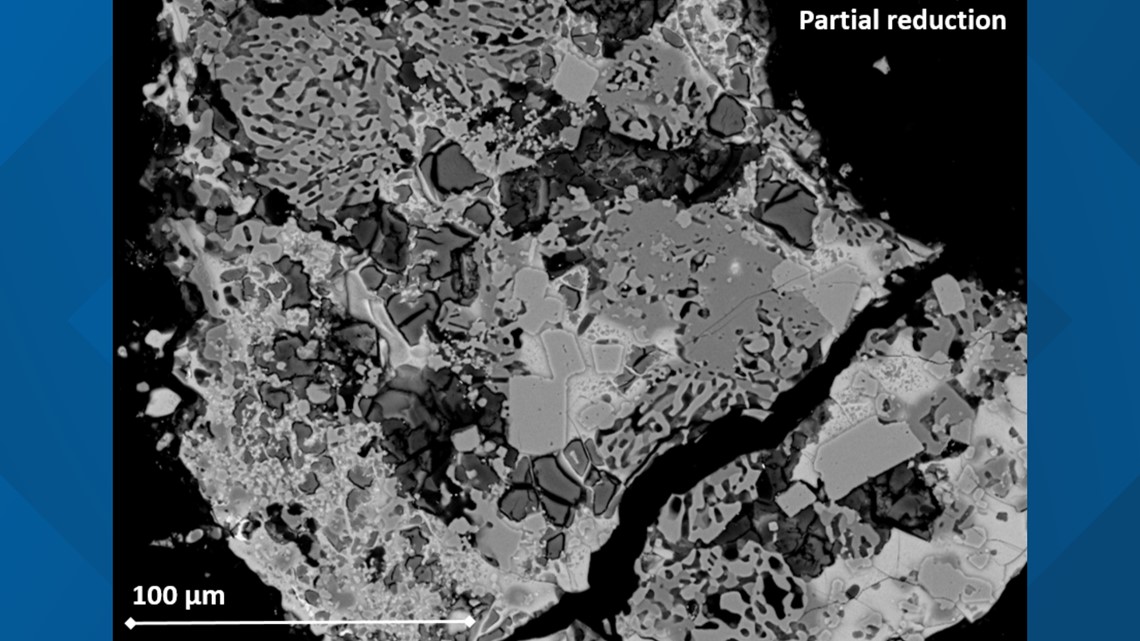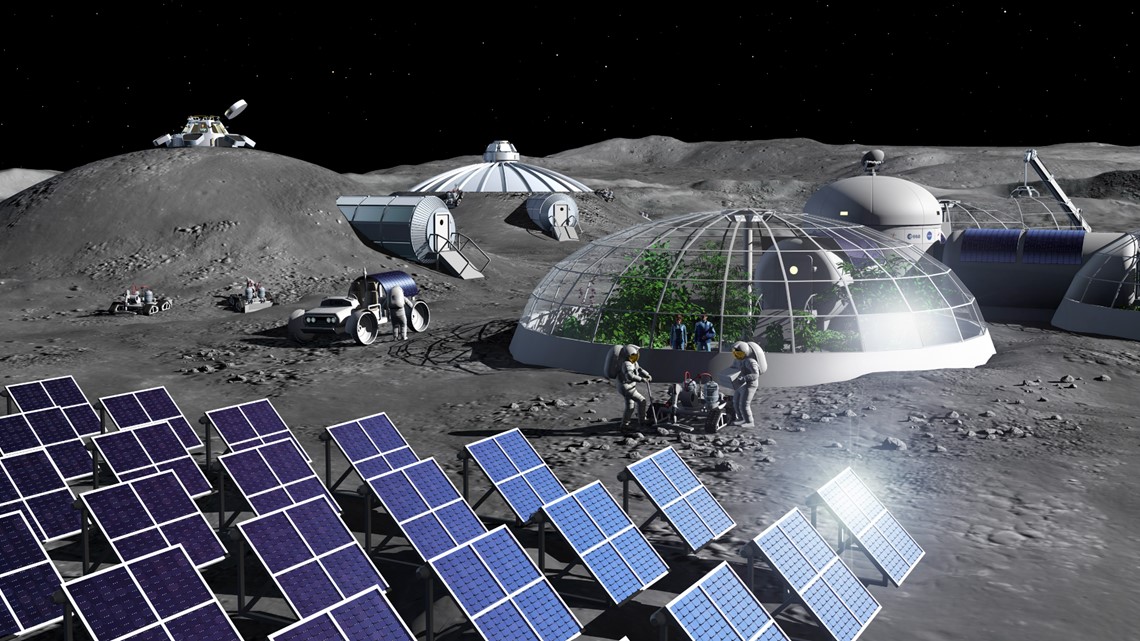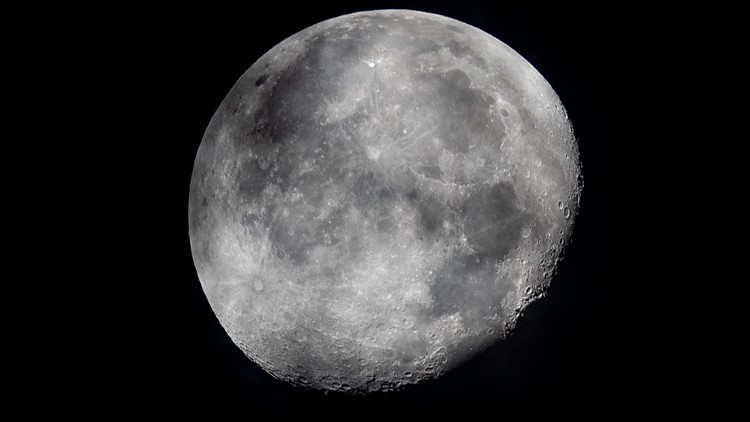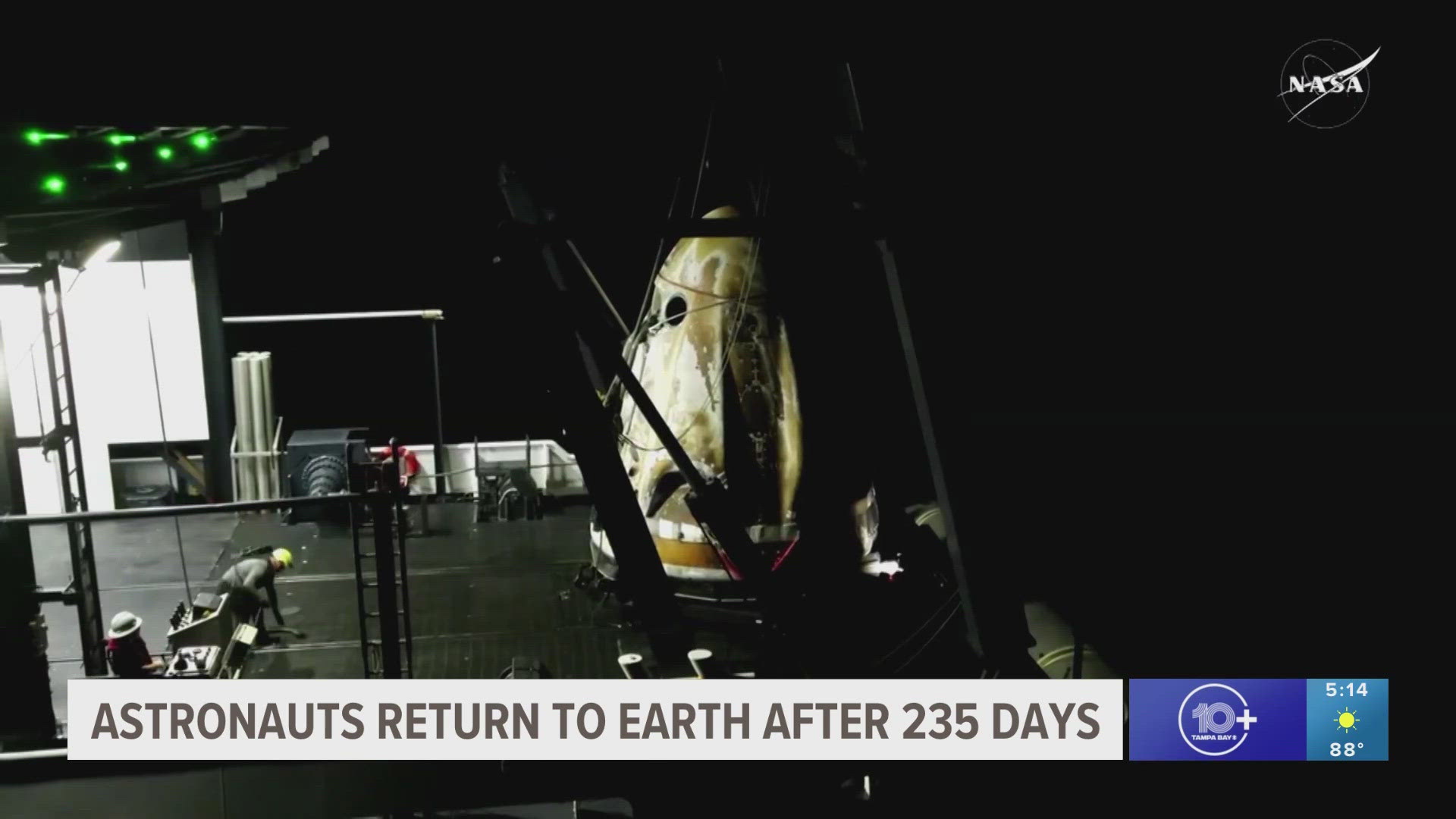LISMORE, NSW — With every step forward, NASA is pushing toward a future that holds a long-term human presence on the moon. But is it sustainable? An expert in soil science from Southern Cross University thinks so.
Lecturer John Grant says the moon's top layer alone holds enough oxygen to sustain Earth's current population for 100,000 years.
Since the moon doesn't have an atmosphere, life for us oxygen-dependant mammals wouldn't come in a form natural to Earth — air. Instead, scientists with NASA and the European Space Agency say we need to look to the "regolith" — rock and fine dust — that makes up the lunar surface.
“Being able to acquire oxygen from resources found on the moon would obviously be hugely useful for future lunar settlers, both for breathing and in the local production of rocket fuel,” said Beth Lomax of the University of Glasgow. Her work is being supported by the ESA's Networking and Partnering Initiative.


By weight, the moon's regolith contains about 45-percent oxygen which is bound to the minerals that make it up. To break the bond between the oxygen and the minerals, Grant says will take a lot of energy and equipment.
That's where the ESA comes in. British engineers are working on a process that will be used in the future to complete such extractions of oxygen from lunar dust. They even say what's leftover from the process could be 3D printed into construction materials needed for a moonbase.
"It could be an early step to establishing an extra-terrestrial oxygen extraction plant. This would help to enable exploration and sustain life on the moon while avoiding the enormous cost of sending materials from Earth," the ESA wrote.
According to Grant, humans need to breathe around 800 grams of oxygen daily to survive. If you break that down and then work based on the assumption the moon's oxygen-rich rock layer is about 10 meters down you arrive at a supply large enough to sustain life, at least temporarily.


"That means the top ten meters of the moon’s surface would provide enough oxygen to support all eight billion people on Earth for somewhere around 100,000 years," Grant wrote.
But don't pack your bags just yet. Grant says the success of the oxygen supply depends on how effectively it's managed. Not to mention, we're a long way away from habitable life on the moon.
"In the future, if we want to travel extensively in space and set up bases on the moon and Mars, then we will need to make or find the things required to support life - food, water and breathable air," Sue Horne, head of space exploration at the UK Space Agency said.



